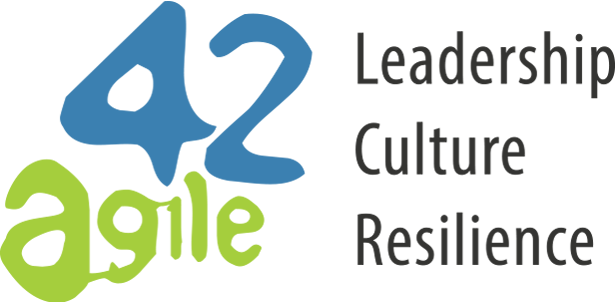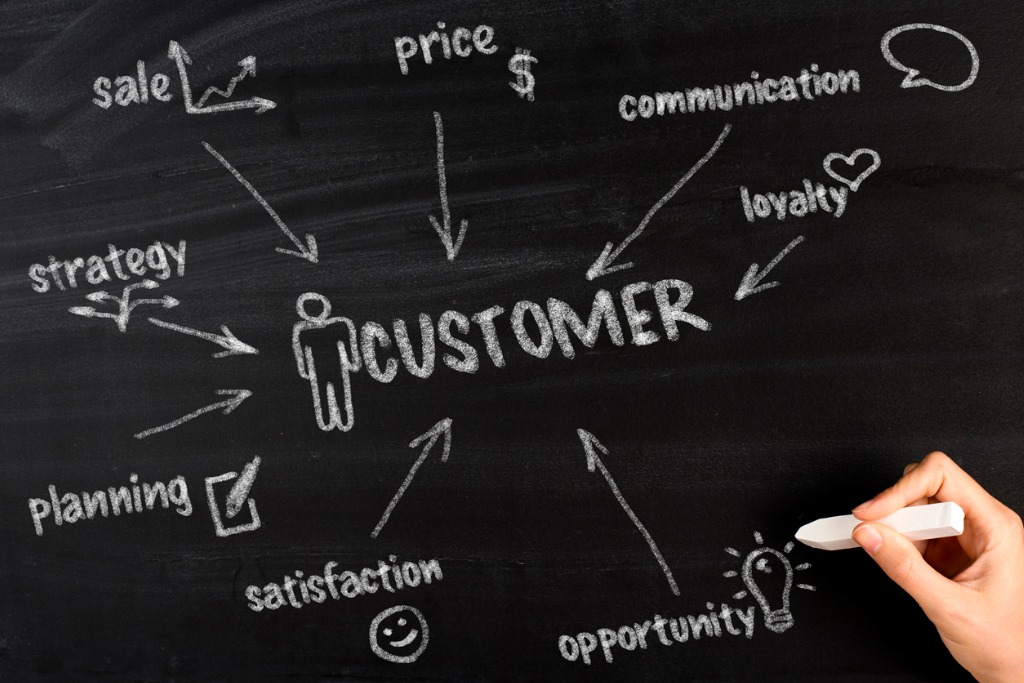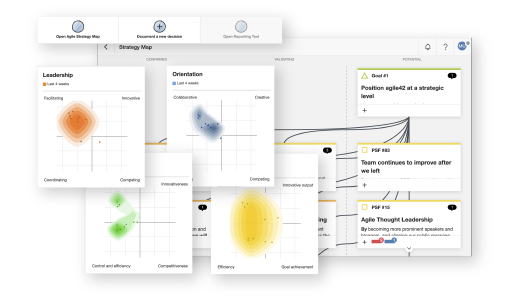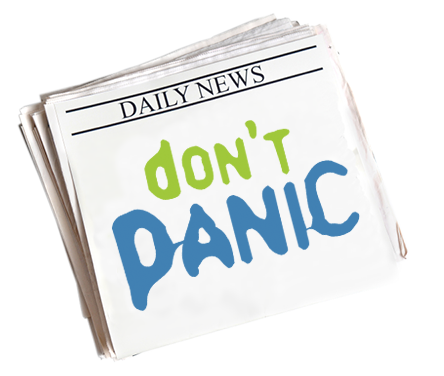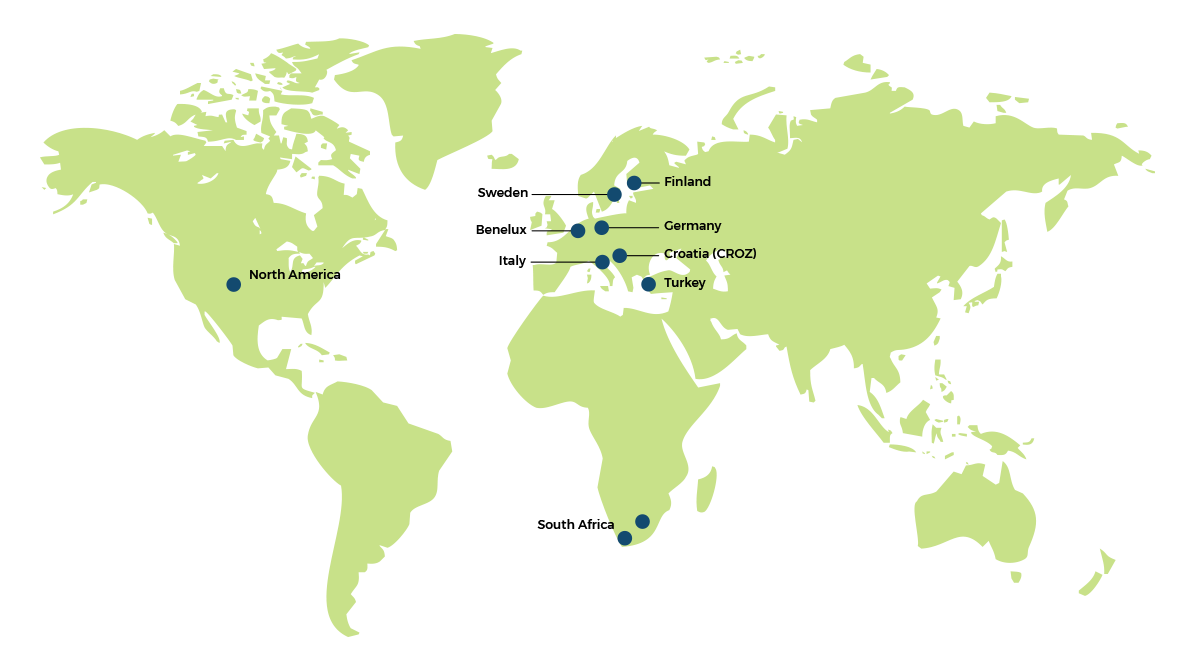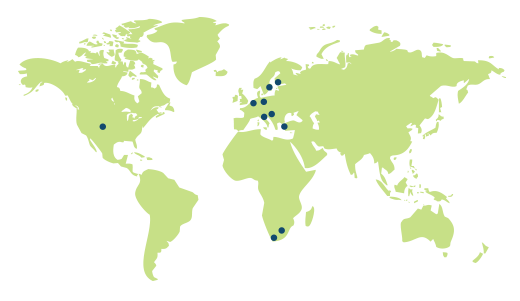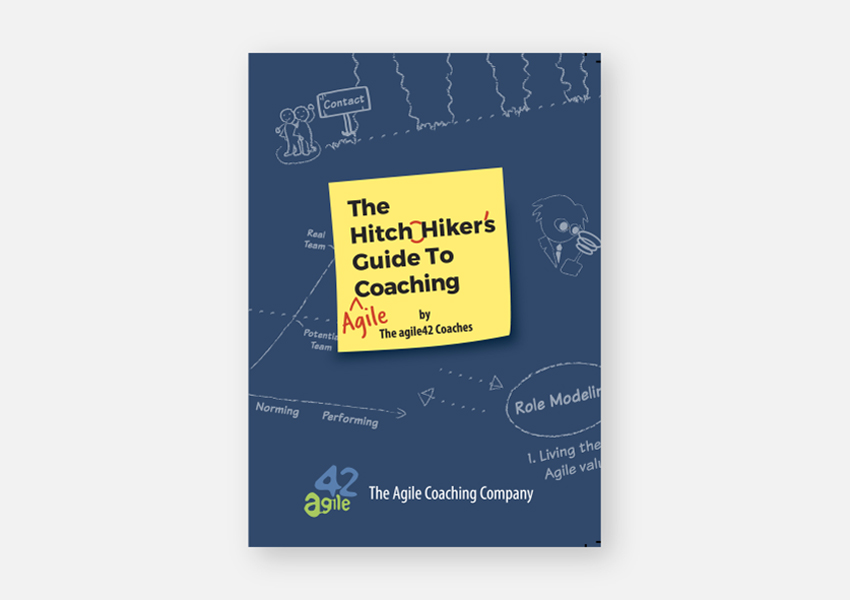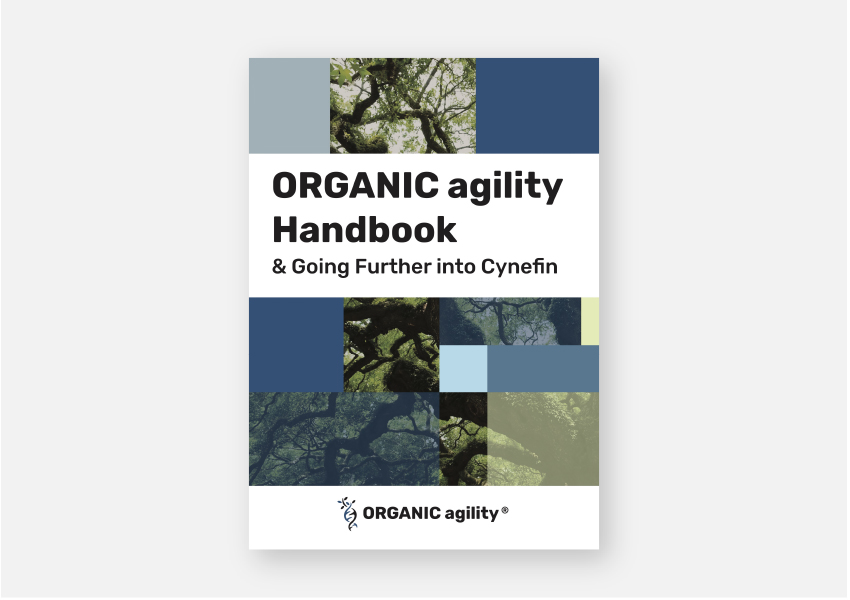Building blocks for a resilient organization

It was great to have so many people attending my webinar “Building blocks for a resilient organization” on April 23rd. The subject seemed to be resonating with a big audience and I want to thank everyone for their engagement and questions and especially to the many who got back to me through Linkedin or email: it looks like the community of people who get passionate about ORGANIC agility is growing day by day.
Here you can find the recording of the session, also available on YouTube: have a look at it and feel welcome to share it around with friends and colleagues.
In an era of global challenges, volatile markets and exponentially faster changes, the slow response of decision making and hierarchies makes organizations more vulnerable. Obsessive focus on processes and structures derives from the common mistake of thinking of organizations as machines rather than thinking of them as organisms, social networks of thinking individuals who care about doing a good job.
A new way of thinking about leadership and decision-making is necessary. Instead of a rigid framework you rather need guiding principles to apply in different contexts: don’t copy what someone else has done before and instead find your own solution.
In this webinar, I gave an overview of the building blocks of ORGANIC agility: the leadership framework, principles, tools and practices that help on your journey. With these, you can create an organization that can organically grow and adapt to challenges of the future.
The ORGANIC agility framework allows different kinds of agility to grow in different environments, instead of imposing a single model on everybody. In this way, it is possible to map existing capabilities to market demands, and evolve following trends, as opposed to implementing a specific organizational blueprint, which might have become irrelevant by the time it is finally implemented.
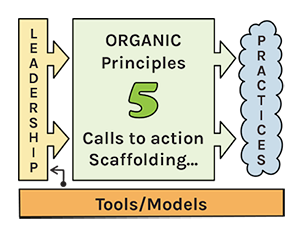 The first element is the Leadership Framework. It is often the entry point for organizations, both because usually, leaders in organizations have been fighting the uncertainty of the markets for long enough to have an instinctive grasp on complexity and because engagement at the leadership level increases the probability of positive results. There are three key aspects to ORGANIC Leadership: first, it sees leadership as a capability rather than a role. Second, it can be combined with and recognizes multiple leadership models that are out there in the world today and sees their value in context, placing particular emphasis on the complexity-informed models. Finally, this is the only current framework that combines situational awareness, leadership attitude, and organizational culture in order to improve effectiveness with the minimum of resistance, and it is presented alongside an intervention model that can facilitate the transition to a different kind of leadership.
The first element is the Leadership Framework. It is often the entry point for organizations, both because usually, leaders in organizations have been fighting the uncertainty of the markets for long enough to have an instinctive grasp on complexity and because engagement at the leadership level increases the probability of positive results. There are three key aspects to ORGANIC Leadership: first, it sees leadership as a capability rather than a role. Second, it can be combined with and recognizes multiple leadership models that are out there in the world today and sees their value in context, placing particular emphasis on the complexity-informed models. Finally, this is the only current framework that combines situational awareness, leadership attitude, and organizational culture in order to improve effectiveness with the minimum of resistance, and it is presented alongside an intervention model that can facilitate the transition to a different kind of leadership.
The second element is a set of five principles, which play the role of scaffolding alongside the leadership framework. The principles represent different degrees of complexity and different intervention needs. Scaffolding, in this case, reminds us that the principles are not rules that are meant to be followed forever. There are different kinds of scaffolds: some support the construction of a building whose future shape we already know, some provide nutrients for growth to happen, and some completely disappear once they are no longer needed. The same applies to the five principles: once they have been fully integrated into an organization and become part of its DNA, explicit reference to them is unnecessary.
Principles come associated with tools, the third element of ORGANIC agility. They are meant to help the translation of theory into practice and make complexity manageable. Understanding the present condition, establishing fast and diverse feedback loops, and exploring multiple options are all essential.
Remember to sign up to the upcoming webinar, continuing on the same ORGANIC agility pattern. The upcoming webinar takes place on May 22nd. More details and signing up. To learn more about ORGANIC agility, you can have a look at the website.
We created an online SenseMaker pulse that would test the level of resilience of various industries sectors towards COVID-19 and learn how many have been adapting successfully to working remotely. We encourage you to participate in the pulse and share a story by accessing the following link: collector.sensemaker-suite.com/?projectID=BusinessResilience_Master. It will take no more than 10 minutes. You are also welcome to share multiple stories as well as the link with friends and colleagues.
We will prepare a report based on the collected stories, which will help everyone understand more and take inspiration from.
